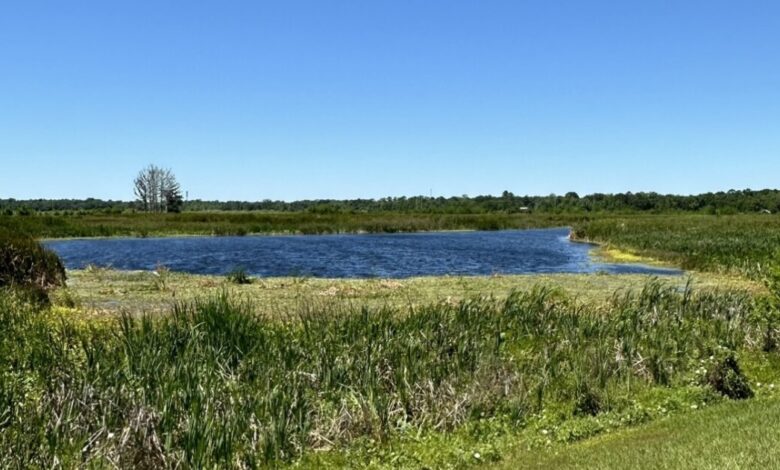UF researchers develop helpful conservation tool using data analytics

As Florida faces an influx of people and rapid land development, there are growing needs when it comes to effectively protecting critical landscapes.
Researchers at the University of Florida Center for Coastal Solutions and Center for Landscape Conservation Planning recently developed a tool to help address some of those needs. The Land Conservation Optimizer Tool helps identify optimal conservation lands in Florida that could help improve water quality if they are protected, according to the UF Center for Coastal Solutions.
Tricia Kyzar, a researcher at the UF Center for Coastal Solutions, held the lead role in developing the tool.
“It seemed like this was something that was new and something that was certainly needed in Florida,” Kyzar said with respect to creating the tool.
To develop the tool, Kyzar said researchers incorporated numerous conservation and water quality datasets. Kyzar said the starting point was using datasets from the Florida Department of Environmental Protection to identify impaired waters.
“We overlaid known water body impairments with some national hydrographic dataset layers to identify where there were moving waters or water bodies themselves that intersected with these known impairments,” Kyzar said.
Kyzar said researchers then used land cover datasets to determine which of those lands were suitable for conservation. Kyzar said it was important to filter out highly urbanized areas because they would be difficult to put into conservation.
Since its creation, the Land Conservation Optimizer Tool has been applied in Escambia, Santa Rosa and Okaloosa counties to help decision-makers, according to the UF Center for Coastal Solutions. In the future, Kyzar said there is a possibility of implementing the tool in the Avon Park Sentinel Landscape with help from the Central Florida Regional Planning Council.
In addition to applying it in other locations, Kyzar said researchers are also continuing to refine the tool.
“We would like to incorporate water quality monitoring data so we might be able to see problems as they arise and hopefully target them sooner,” Kyzar said.
Michael Volk, associate director of the UF Center for Landscape Conservation Planning, played a supporting role by providing technical input during the development of the tool, Volk said.
Regarding the involvement of the UF Center for Landscape Conservation Planning on the project, Volk said, “Our role was to advise in terms of how conservation prioritization and opportunities data could be used and incorporated.”
From a technical perspective, Volk said he made decisions about how best to structure the model and deliver the information so that it could provide useful insights to decision-makers.
When it comes to engaging with decision-makers and prioritizing land, Julie Morris, executive director of the Florida Conservation Group, has firsthand experience. Morris said she works on the ground to identify critical natural and agricultural lands and put them into conservation.
“We are looking at what’s going to have the greatest conservation impact,” Morris said concerning how she prioritizes certain ecological lands. “We’ve got to be strategic on the landscape and what we protect.”
In the matter of strategically protecting land, Morris said some of the biggest challenges conservationists face are securing resources and getting things done in a timely manner.
“If it takes a long time, we lose lands to more intensive uses such as development,” Morris said regarding the process of identifying and securing land for protection.
The Land Conservation Optimizer Tool can speed up this process according to the Center for Coastal Solutions, emphasizing the impact that data analytics can have in conservation efforts.
“We are always incorporating the latest science when we are working on the landscape,” Morris said regarding the benefit of data analytics in conservation. “That’s how we make our decisions.”



